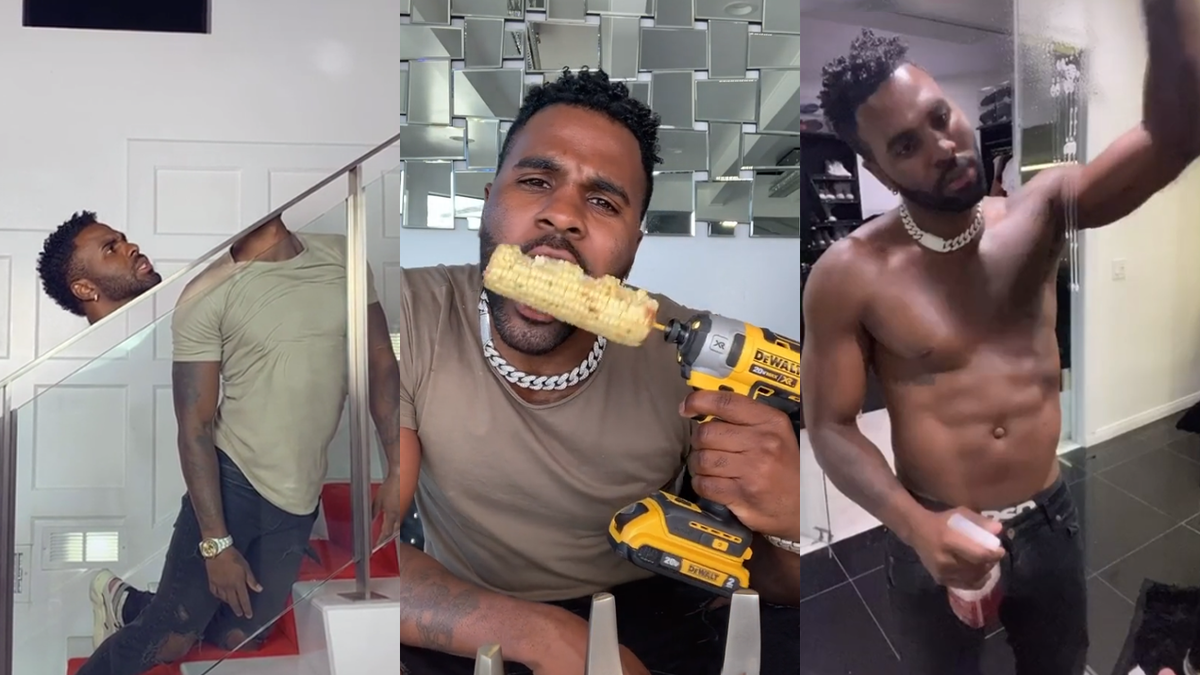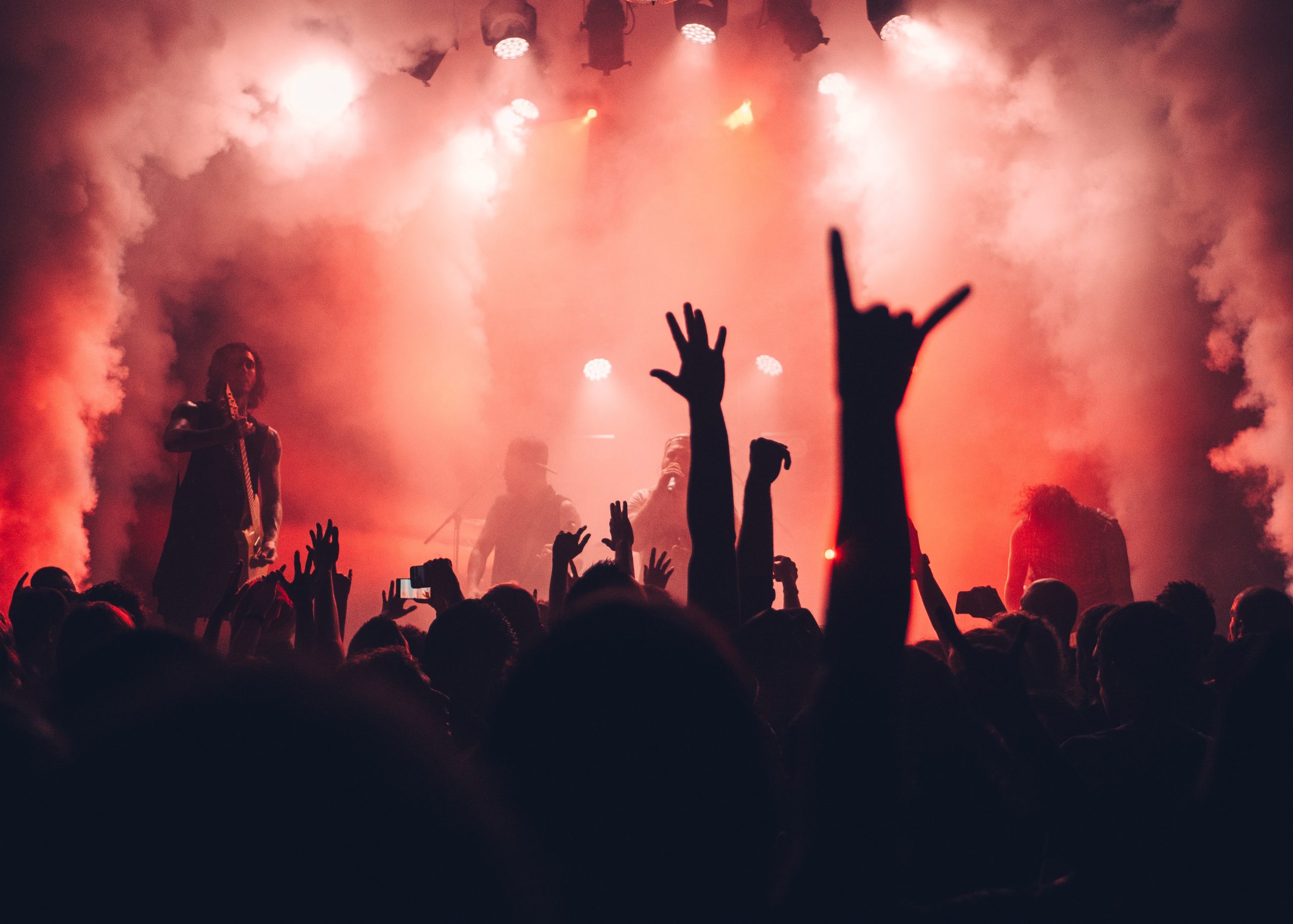Followers Don’t Equal Fans.
Every week we are introduced to a new social media platform, oftentimes, before it hits critical mass. For this reason, as a user even if you choose to be an “early adopter” you end up participating in an experience that is quite hard to enjoy. In the initial days, most platforms do not have enough engagement and content in a timeframe consistent enough for it to be appealing. However, due to social media apps entering the market with features users have typically had less experience with such as democratic algorithms (TikTok) and synchronous audio communication (Clubhouse) the plethora of apps that users are utilizing only continues to grow.
Before the pandemic, social media proved itself core to an artist’s overall strategy and even played a dominant role in breaking artists without the assistance of a record label. 2020 has taught artists and their teams that to effectively leverage social media for audience development and fan engagement it is not enough to just pick a platform and post, you need a measurable repeatable strategy. We will explore what an artist should take into account when creating and implementing such a strategy in a heightened era of fan expectations.
Not All Platforms are Created Equal
Quality over quantity is very important but for an effective social media strategy as an artist a bit of both is actually required. While many artists, especially digitally native artists build and have a highly engaged following on one platform in comparison to others there are many risks with over indexing too heavily on just one platform. Many influencers who rose to prominence by being an early content creator on a new platform quickly came to this realization and branched out beyond the platform they were initially associated with (i.e Vine stars, TikTokers, etc.). By spending too much time or only having a large presence on one platform you give the platform control over your ability to communicate and build relationships with your audience. Additionally, given that any platform has the jurisdiction to change their algorithm, features, and even the ability for you to have an account at any time it is critical not to put all your eggs in one basket.
Audience Development is a Long Game
Many artists struggle and/or feel discouraged even as they seemingly begin to find success on social media because the feedback loops that indicate success on social media do not correlate with the feedback loops that are essential for an artist looking to build an audience. A strong social media presence is not directly correlated with a highly engaged fanbase even though the former can help grow the latter. With social media the feedback loops (likes, views, increased followers) are relatively quick but the funnel of “potential” fans that social media is helping you build can only truly be accounted for when studying the likelihood that those followers convert to actual fans.
Setting Yourself Up for Success + Expectation of Fans on that Platform
Identifying a platform that organically plays to an artists natural strengths is critical. Whether it is Clubhouse because they like to have audio conversations, or Instagram because they enjoy talking to their fans live. As Tory Lanez was able to highlight with Quarantine Radio fans are open to participating in new ways to interact even if it does not directly involve music. Through consistency and not always centering “the artist” as the main point of attraction, fans are able to enjoy a bidirectional relationship, where they feel like the interaction is going both ways. As social media made more artists become more accessible, fans developed an increased need to interact with artists in a way that promotes a dialogue vs. them simply being spoken to. As more platforms hit the market, maintaining a bidirectional fan relationship will eventually become an essential prerequisite for audience development.






